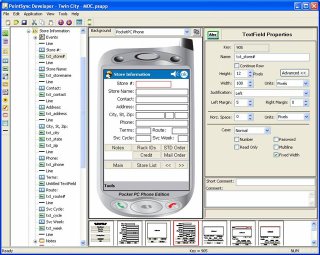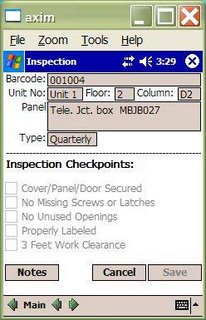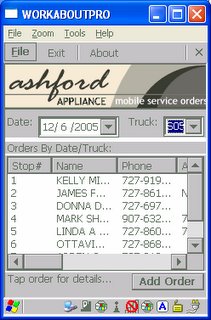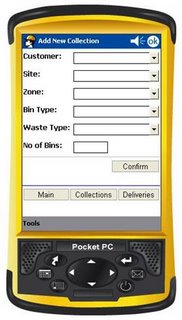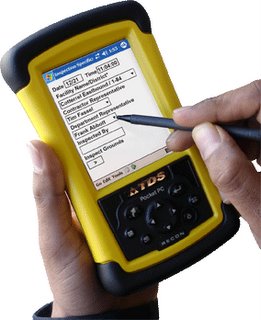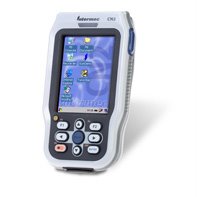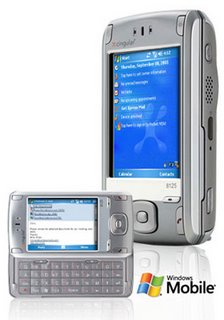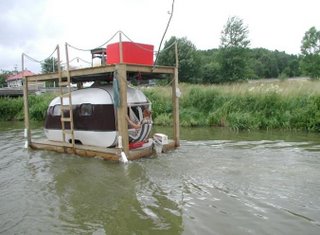 Inspection services is a very popular category for MobileDataforce. We have hundreds of end users who are using our mobile software solutions to do facilities inspections, asset management inspections, quality assurance inspections, pharmacy inspections, animal inspections and more.
Inspection services is a very popular category for MobileDataforce. We have hundreds of end users who are using our mobile software solutions to do facilities inspections, asset management inspections, quality assurance inspections, pharmacy inspections, animal inspections and more.The process of inspecting an asset is quite similar across many verticals. An electronic inspection form on a handheld PDA needs to be created. The questions and data need to be customized to fit the exact requirements of the process. The data needs to be validated to ensure quality data is gathered, and a method for synchronizing and integrating with a back-office database needs to be configured. Both of our mobile software suites can accomplish this, Intercue Mobility Suite and PointSync.
The Intercue Mobility Suite saves the data gathered on the PDA as an XML file, and MobileDataforce's PointSync saves the data to a RDBMS on the handheld PDA that is configured to integrate with a back-office RDBMS.



